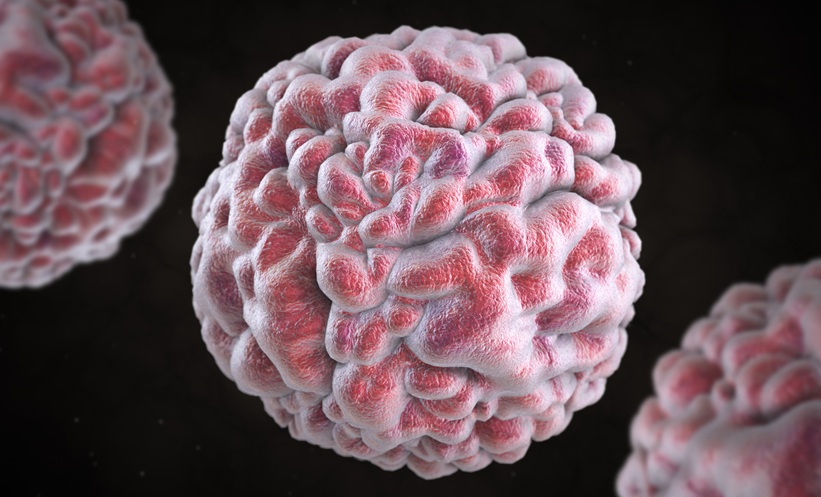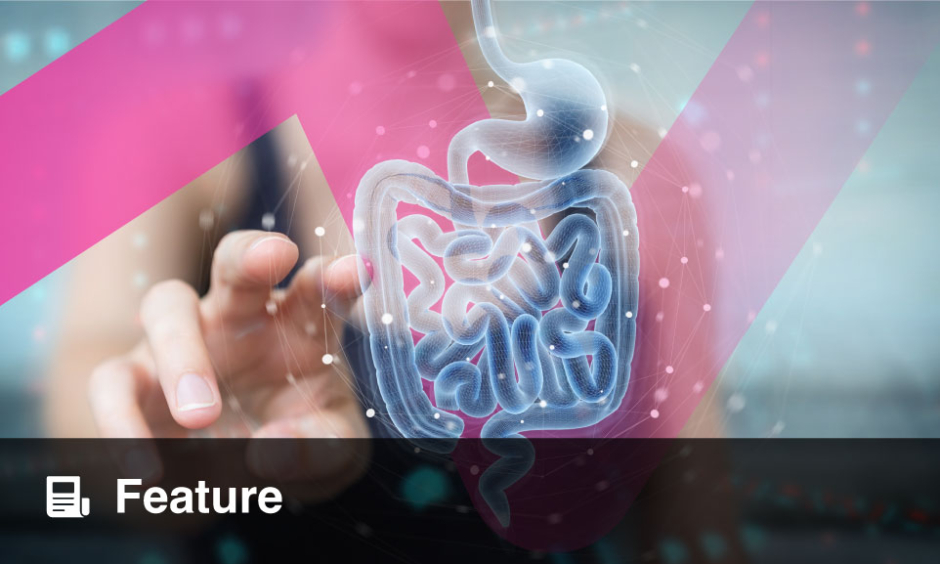BACKGROUND
Cryptococcus neoformans is an opportunistic fungal pathogen transmitted to humans by inhalation, mainly of infected bird droppings.1,2 The infection caused by C. neoformans (cryptococcosis) is of global importance with significant attributable mortality, usually affecting the lungs and the central nervous system.1,2 Patients with HIV infection are at high risk of developing cryptococcosis.1,2 Nevertheless, non-HIV patient populations are also at risk. In HIV-negative individuals, predisposing risk factors include: solid organ transplant; corticosteroid therapy; chronic lung disease; and haematologic malignancies.2 The authors report a case of cryptococcal meningoencephalitis and cryptococcaemia in a patient with myasthenia gravis, emphasising the need for clinical suspicion and timely laboratory diagnosis of cryptococcosis in HIV-negative patients.
CASE DESCRIPTION
A 74-year-old female patient was admitted to the high-dependency unit of the authors’ hospital after being referred by a neurological clinic due to subacute meningitis. Her medical history was remarkable for myasthenia gravis, treated with mycophenolate mofetil and prednisolone for >1 year; allergic and asthmatic bronchitis; and Type 2 diabetes. She was initially diagnosed as having tuberculous meningitis with concomitant pulmonary tuberculosis, based on the clinical picture, chest CT, and compatible early findings of cerebrospinal fluid (CSF). She was receiving empiric quadruple anti-tuberculosis treatment in addition to common antimicrobials for 7 days. Despite the treatment, the patient was febrile at admission, with a reduced level of consciousness, and, due to hypoxia, she was intubated. The lumbar puncture performed in the emergency department showed 60 cells, protein 3.0 g/L, and glucose 0.61 mmol/L. The suspicion of Cryptococcus at the examination of CSF led to India-ink staining, which revealed capsulated yeast typical of Cryptococcus. Cryptococcus was also detected on the CSF by PCR, using the BIOFIRE® FILMARRAY® system (bioMérieux SA, Marcy-l’Étoile, France). The cryptococcal antigen test of both the CSF and blood specimens were positive. The patient received dual antifungal treatment: liposomal amphotericin B and fluconazole, since flucytosine was unavailable.3,4 Yeast colonies isolated from CSF and blood cultures were identified as C. neoformans. Sensitivity testing showed resistance of the pathogenic strain to fluconazole. The patient deteriorated considerably in the following days and, due to the persistent isolation of fungus in CSF, intrathecal administration of amphotericin B was unsuccessfully performed.
DISCUSSION
This case highlights the need for early diagnosis of cryptococcosis in HIV-negative immunocompromised patients to prevent its fatal outcome. The value of screening by performing India-ink stain on CSF specimens, even when biochemical and/or cellular parameters are normal, is unclear.1,2 However, it may be of benefit in patients on immunosuppressive therapies, such as mycophenolate mofetil and corticosteroids.2 It is worth mentioning, finally, that the emerging resistance of Cryptococcus strains to fluconazole makes treatment difficult in the absence of reliable alternatives. 3,4








